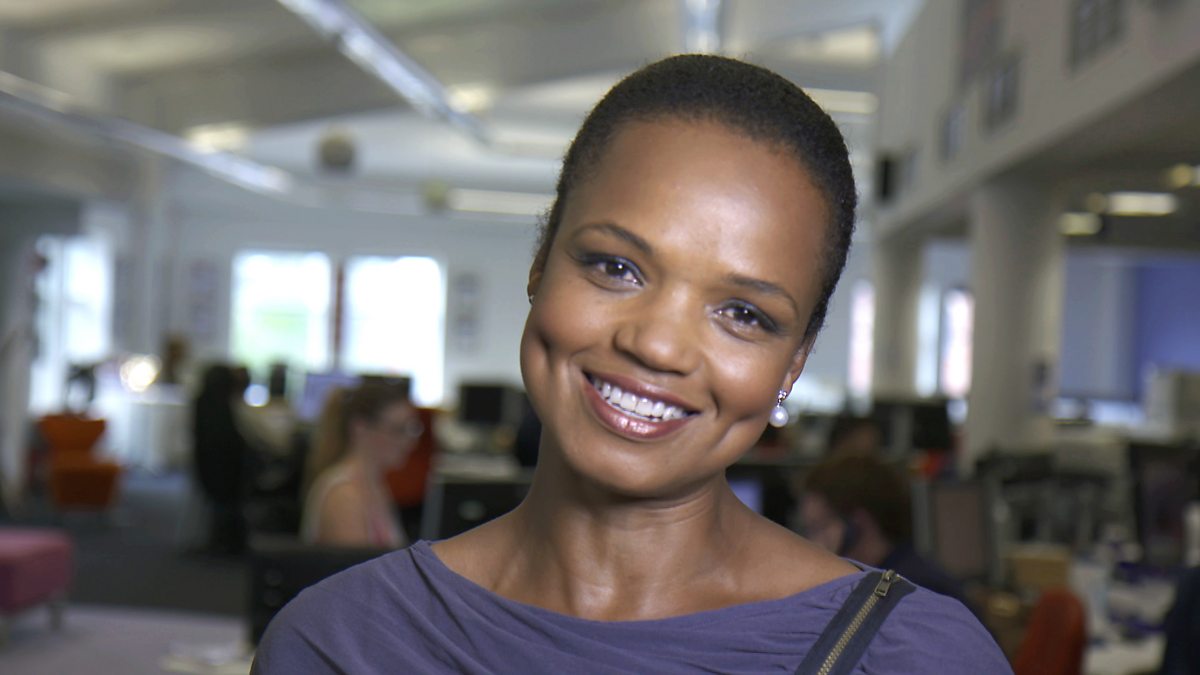From BBC To Ebony: Gary Younge On Black Life & Legacy
Could a magazine truly reshape the narrative of an entire community? For decades, Ebony magazine didn't just chronicle Black life; it was the mirror reflecting the beauty, complexity, and aspirations of African Americans, often in ways unseen by the mainstream. Gary Younge's exploration delves into this fascinating story, examining the magazine's legacy and the visionary behind it.
Ever since its debut in 1945, Ebony magazine revolutionized the media landscape, offering a perspective on African American life that was utterly absent from the dominant white press. This pioneering publication, spearheaded by the remarkable John H. Johnson, quickly became a cultural touchstone, celebrating achievements, documenting struggles, and fostering a sense of community and pride. The magazine's impact was profound, providing a platform for Black voices and images, and challenging the prevailing stereotypes of the time. Now, Gary Younge meticulously examines the magazine's past, its influence, and its uncertain future in a rapidly evolving media world.
The story of Ebony is interwoven with the life of its founder, John H. Johnson. A man of extraordinary vision and determination, Johnson built a media empire from humble beginnings. His understanding of the Black community's aspirations and his keen eye for business propelled Ebony to unprecedented success. Ricky Fearon and Amaka Okafor contribute their expertise as producers to bring this story to life, while the first broadcast aired on BBC Radio 4 in June, offering a comprehensive look at this landmark publication.
| Category | Details |
|---|---|
| Full Name | John Harold Johnson |
| Born | January 19, 1918, Arkansas City, Arkansas, United States |
| Died | August 8, 2005, Chicago, Illinois, United States |
| Education | DuSable High School (graduated as class president), University of Chicago (attended but did not graduate) |
| Known For | Founding and leading Johnson Publishing Company, publisher of Ebony and Jet magazines. He was a trailblazer in Black entrepreneurship and media. |
| Career Highlights | Started Johnson Publishing Company in 1942 with a loan of $500. Launched Ebony in 1945, which quickly became a success. Expanded the company to include Jet magazine, beauty products (Fashion Fair Cosmetics), and other ventures. |
| Awards and Honors | Numerous honorary degrees; inducted into the Advertising Hall of Fame; awarded the Presidential Medal of Freedom in 1996. |
| Legacy | Pioneering figure in Black media and entrepreneurship. Ebony and Jet provided a platform for Black voices and images during a time when they were largely excluded from mainstream media. His success inspired generations of African Americans. |
| Reference | Britannica |
The narrative doesn't shy away from the complexities of the magazine's journey. It navigates the challenges of creating content for the Black community, and the pressures of remaining relevant in an evolving media landscape. As the article unfolds, it examines the editorial choices, the financial realities, and the cultural impact of Ebony magazine.
In stark contrast to the magazine's celebratory tone, the article also touches on more provocative themes. The phrase "Black on white on black" hints at narratives of racial dynamics and power. References to "Skinny black, black ebony, interracial, black dicks 10:27" and discussions related to "BBC" (Big Black Cock), while seemingly unrelated to the core narrative of Ebony, suggest the existence of content that explores sexuality and identity within specific online communities. These elements highlight the diverse and sometimes conflicting experiences within the African American community, reflecting both mainstream aspirations and the more private, often unspoken, desires and realities.
The world has undoubtedly changed since 1945, and so has the media landscape. The story of Ebony, however, remains an essential one. It's a testament to the power of representation, the importance of self-definition, and the enduring legacy of those who dared to create their own space in a world that often sought to marginalize them. Gary Younge's exploration offers a compelling look at the magazine's triumphs, its challenges, and its ongoing relevance in a world still grappling with issues of race, identity, and belonging.
The narrative also touches on the complexities of online communities. References to platforms like scrolller.com and Reddit, and the use of coded language and emojis, point to the existence of spaces where diverse expressions of identity and sexuality are explored. Communities like "uofblack" and "backshotsfrombbc" showcase specific interests, though they do not necessarily align with the established editorial standards of a publication like Ebony. The article subtly acknowledges the existence of these parallel worlds, reminding readers of the multifaceted nature of Black experience in the digital age.
The reference to an incident that occurred on January 28, 1962, when a crowd gathered outside a venue ("purple"), suggests potential historical or social context. This points to events that, while not directly linked to the magazine's content, provide a glimpse into the social climate of the time, the challenges, and the struggles that Ebony magazine sought to illuminate.
Further elements in the text, such as the mention of "Ebony teen Jayna Lynn" and the explicit descriptions of sexual content involving "BBC," shift the focus away from the magazine's legacy and ventures into the realm of adult material. While they appear to be outside the purview of Gary Younge's investigation of Ebony's history, they underscore the diversity of interests and platforms coexisting within modern media culture. Similarly, the discussion of a "sugar daddy" relationship and the sharing of intimate videos in online communities underscores the shifting societal norms and the ways in which people connect, and consume content in the digital realm.
Ultimately, the article endeavors to examine all facets of the evolving media landscape. The discussion of "throat goat" or "full length PPV's collection," the "nagas who love bussin," and the content shared in communities like "igottheguyspt2," reveals the broad spectrum of human experiences. Moreover, the constant reference to subscriber numbers in various subreddits highlights the role of communities in creating specialized content and finding audience in different online niches.
The article, despite its core focus on Ebony, does not neglect the realities of social change or the challenges of the digital world. These factors, the rise of the internet, the emergence of social media, and the evolving definition of media consumption shape modern discussions and debates, further enriching the context surrounding a legendary publication.
The recurring phrases about a "sugar daddy" and the exchange of "gifts" for companionship paint a picture of modern relationships, where personal choices and economic transactions intersect. The explicit videos discussed, the backshots, the desires for domination, and the fulfillment of sexual fantasies, reflect the diverse array of human longings, which are now explored openly online. Though, the language of this content significantly deviates from the original editorial standards of Ebony, it serves as a reminder of how diverse and complex Black experiences can be, and of the role the internet plays in facilitating varied forms of expression.
From the launch of Ebony in 1945 to the present day, the evolution of media is a complex one, including online forums, social media communities, and diverse content platforms. The world that Ebony sought to capture has expanded, but the essence of the magazine's original mission to tell the stories of Black people and celebrate their triumphs continues to resonate. Gary Younge's exploration therefore stands as a celebration of the magazine's impact and a contemplation of the future of representation.
The text continues to acknowledge the world created since 1945, when Ebony first graced the newsstands. It's a reflection of the world that continues to transform at an incredible pace, with new forums and platforms always rising, along with a need for content that appeals to different interests. The article's many references, from the best "back shot videos w/ bbc on reddit," to the various interests within online communities, make it clear how quickly media is changing. In this context, the story of Ebony is an important one, an exploration of how Black life in America, and globally, has been framed.
The article ultimately presents a complex look at the evolving narratives and diverse experiences within the African American community. The inclusion of details about the magazine, John H. Johnson's vision, and the impact of social changes highlights the importance of representation, self-definition, and the enduring legacy of those who shaped their cultural landscape. The overall narrative underscores how vital the stories of Black people are in a world that often struggles with issues of identity and belonging. The world created by Ebony and other ventures continues to be relevant in the ongoing struggle for equality, and the celebration of the African American experience.


